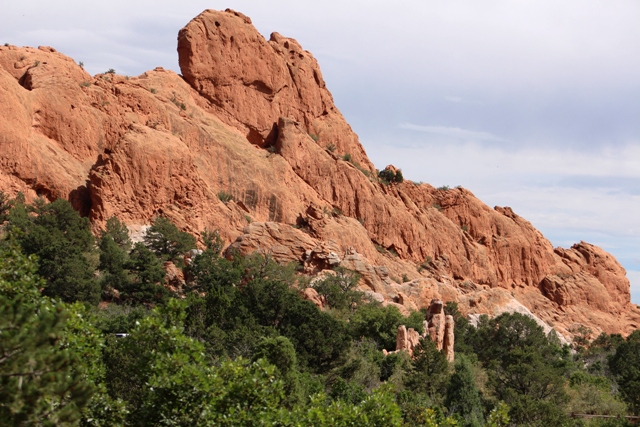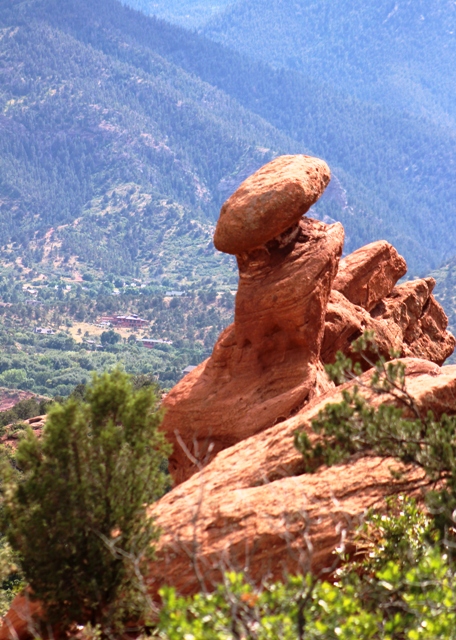When out-of-state tourists and staycationers compile their short list of things to do and places to go in Colorado they think about activities such as skiing, rafting, golf, tennis, hiking, or biking. The top spots on their list include such gems such as Mesa Verde, Rocky Mountain National Park, and the Great Sand Dunes. Destinations include Aspen, Steamboat, Vail, Telluride, or Estes Park.

Colorado Springs and the Garden of the Gods are seldom at the head of the list of places in Colorado.. They appear to be like Don Rickles – they don’t get no respect; however, the following metrics posted in the Garden of the Gods Visitor and Nature Center suggest that may not be the case:
• The center is commemorating its 20th year of service to the park:
• 12.5 million visitors have passed through the center during that time.
• 121,876 school kids have visited the center.
• 7,254 tour buses have stopped by.
• Volunteers have logged 181,935 hours of service.
• $2.3 million has been donated to the park from the Garden of the Gods Foundation.
A more impressive metric came from an informal, unscientific “back of the envelope” study by two high school girls who identified license plates on vehicles from 36 states in and around the park. The survey was conducted over a span of three and a half hours. The states included:
• Alaska
• Arizona
• Arkansas
• California
• Colorado
• Connecticut
• Dakota
• Florida
• Georgia
• Illinois
• Indiana
• Iowa
• Kansas
• Louisiana
• Maine
• Maryland
• Massachusetts
• Michigan
• Minnesota
• Missouri
• Montana
• Nebraska
• Nevada
• New Mexico
• New York
• North
• North Carolina
• Ohio
• Oklahoma
• Pennsylvania
• South Dakota
• Tennessee
• Texas
• Utah
• Virginia
• Washington
• Wyoming
The duo conducting the study estimated that inside the park, the out of state plates outnumbered the Colorado plates.
Visitors to the park enjoyed the scenery and natural beauty of the area. In addition they hiked, biked, climbed, picnicked, and snapped photographs.
From an economic perspective, opportunities to spend money within the park were limited to the Visitor and Nature Center at one of the entrances and the Trading Post inside the park. In other words, the contributions to the local economy occurred in the restaurants, hotels, gasoline stations, and retail stores in Colorado Springs, Manitou Springs, and other towns in the region.
Though the license plate data is unscientific, it illustrated the strength of Colorado and Colorado Springs as tourism attractions. Clearly, Coloradans are not the only ones who think the state is a great place to live, work, and play!
For more details check out the Garden of the Gods website. Better yet, the next time you are in Colorado Springs, take your camera, hiking shoes, and your Ipad and count the number of out-of-state plates.


